Utah has some of the most beautiful—and most crowded—national parks in the country. That’s why you should check out the state’s less visited monuments, Bears Ears and Grand Staircase-Escalante, while you still can. When it comes to accessible outdoor action, America’s national monuments often outshine our national parks anyway. You can ride a mountain bike off-road. You can bring your dog and camp almost anywhere. Most of the time, there’s no entry fee. What more could you ask for?
In the case of Utah’s Mighty Monuments, you could ask to have them back, for starters.
Once recognized among the largest national monuments managed by the U.S. Bureau of Land Management (BLM), Grand Staircase-Escalante and Bears Ears have suffered the largest rollback of public lands protections in U.S. history. Despite ongoing legal challenges, a pair of dubious presidential proclamations designed to dismember these monuments were recently set in motion, effectively slashing Bears Ears by 85 percent and Grand Staircase by about half.
The adopted management plans unveiled by the Interior Department in February allow for mining, drilling and other development on vast swaths of the acres the Trump administration carved out of Bears Ears and Grand Staircase-Escalante, national monuments designated by Presidents Barrack Obama and Bill Clinton to preserve the unique geology, cultural treasures and iconic Western landscapes.
For the moment, the changes are only on paper. It’s (still) not clear that a president has the authority to abolish or shrink national monument boundaries, so the sinuous slot canyons, slickrock trails, sheer cliffs and spires that define the region remain accessible. These lands present endless opportunities for climbers, canyoneers, mountain bikers, boaters, fly-fishermen and adventurers at large.
Experience and enjoy these magnificent monuments while you can—before they become fodder for a somber John Prine song, because there’s no telling how long before “Mr. Peabody’s coal train hauls it away.”
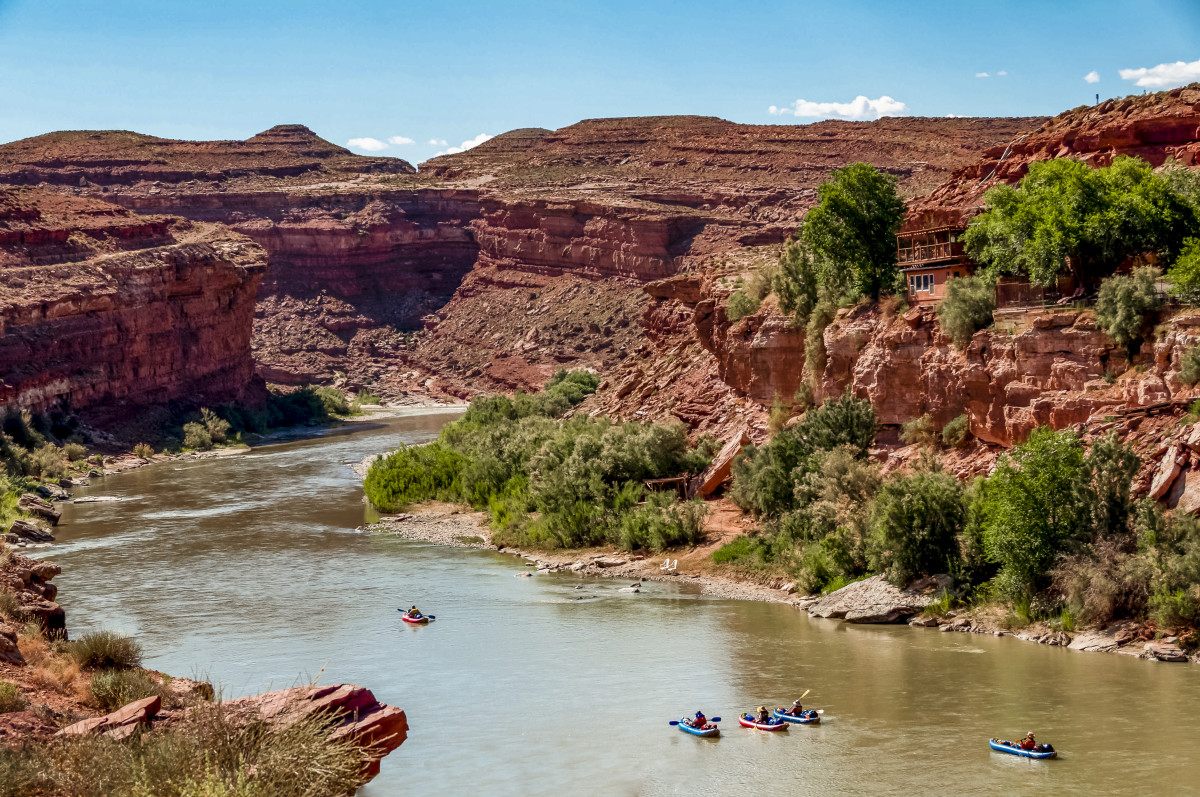
Bears Ears National Monument
Go With the Flow: The postcard-picture outpost of Bluff, Utah, is the launch point for all things Bears Ears, including the Bears Ears Education Center, which provides information on everything from archeology to adventure. It’s also the staging site for one of the nation’s premier desert river runs on the San Juan River. The Class II float from the nearby BLM boat launch/campground at Sand Island to the takeout at Mexican Hat flows 27 miles along the southern border of Bears Ears’ Shash Jáa Unit and offers ample side-hikes to explore the area’s archeology, geology and wildlife. Extend your trip down to Clay Hills for an 84-mile multi-day immersion into the canyonlands. The mellow, meandering San Juan is ideal for all abilities and almost any type of vessel, but you’ll need a permit to launch a private trip. Otherwise, local outfitter Wild Expeditions can take care of all the gritty details.
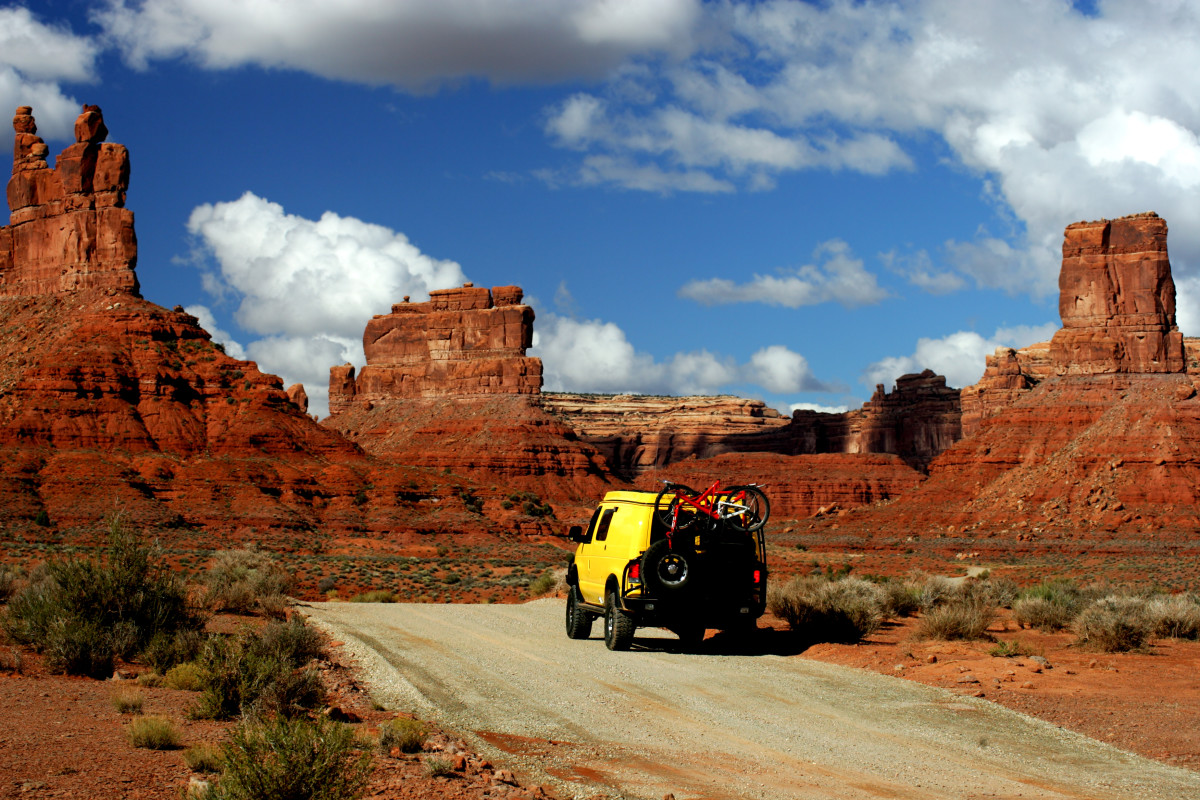
Make Peace With Your Gods: Technically no longer part of BENM, the stunning 17-mile spur route known as Valley of the Gods is a masterpiece of sandstone monoliths, pinnacles and buttes. The road is graded gravel and clay, offering fair-weather access to most vehicles including mountain bikes, although off-road travel is not an option. Dispersed camping on surrounding BLM lands is available, along with several scenic stops to grab a pack and explore the landscape.
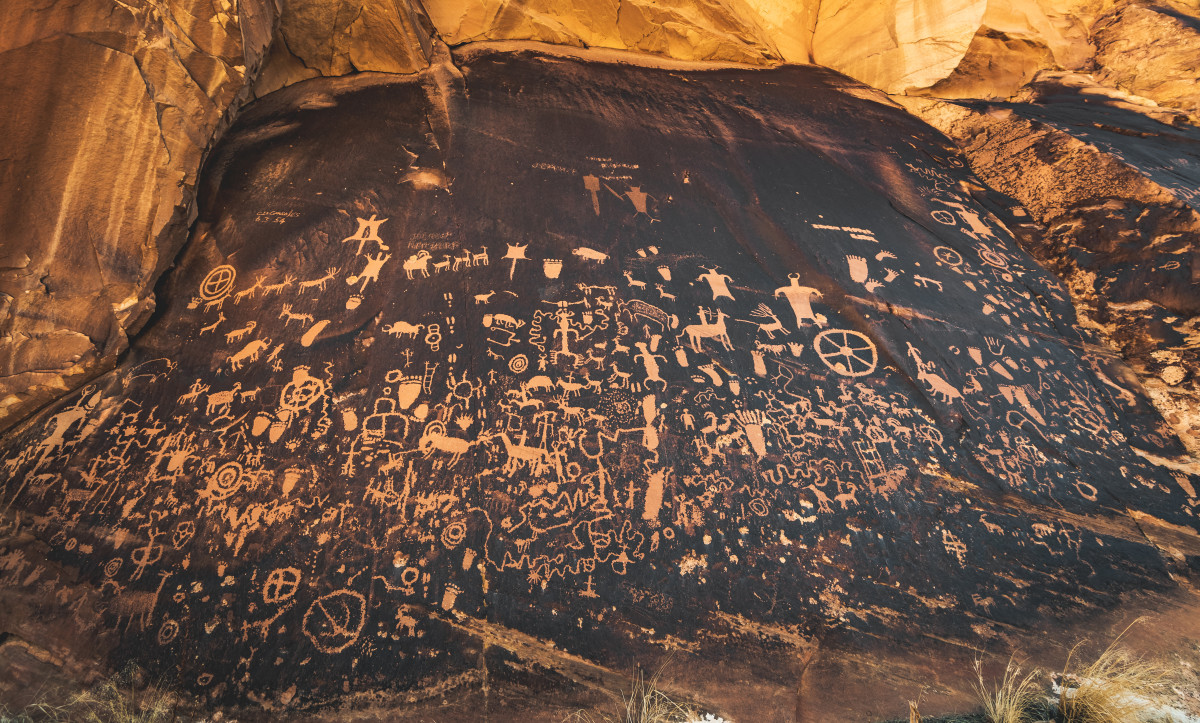
Climb the Creek: Indian Creek is the undisputed epicenter of crack climbing, offering trad rock climbers a virtually endless array of splitters along the massive walls leading to the Needles District of Canyonlands National Park. The namesake of Bears Ears’s revised northern unit is on the must-do list for every core climber, but local guides and clinics help make the scene accessible for mere mortals. If , hiking is a natural choice, often with the bonus of ancient artifacts. The roadside Newspaper Rock is essentially a 2,000-year-old Instagram feed with over 650 pictures pecked into the varnished sandstone.
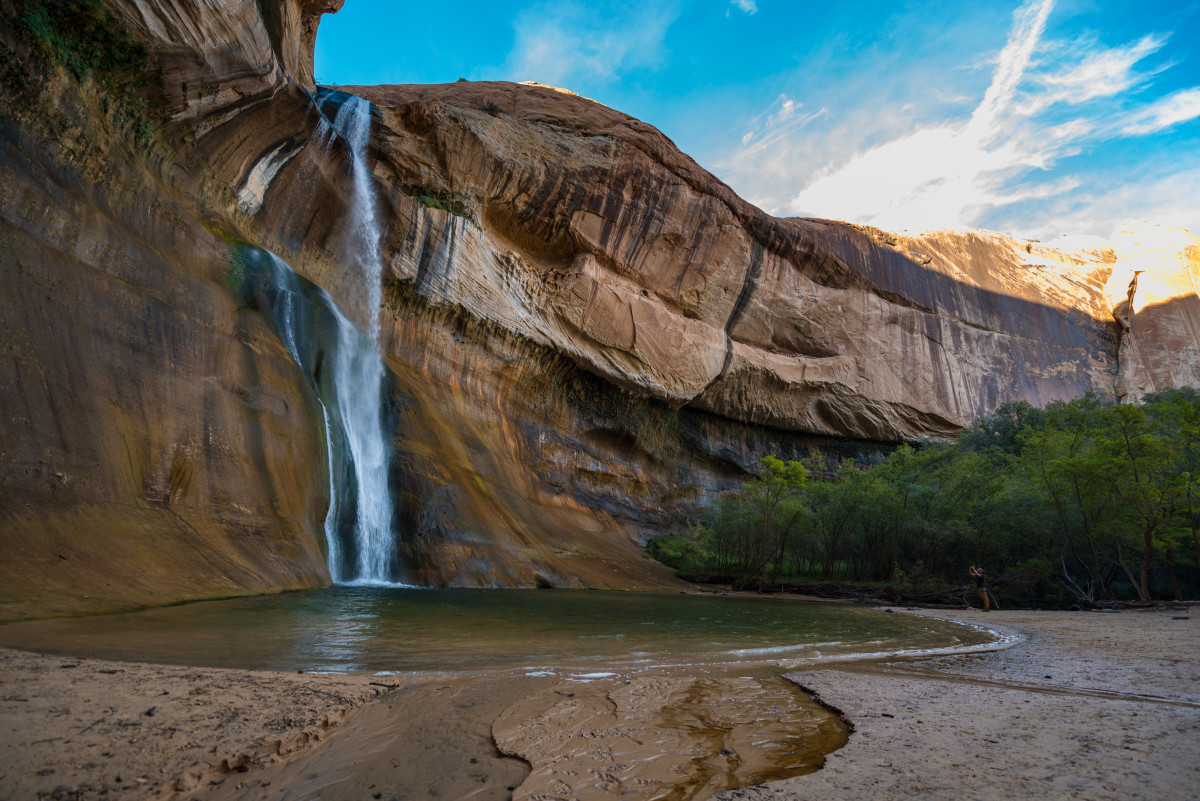
Grand Staircase-Escalante National Monument
Get Lost: There’s a reason the rugged labyrinth of canyons, creeks, cliffs and terraces surrounding Escalante was the last place in the lower 48 to be mapped. Spooky Gulch, Zebra Slot Canyon and Coyote Gulch are among the many mysterious stone mazes worth exploring, and the 130-foot-high Lower Calf Creek Falls rewards hikers with a cool plunge pool after a three-mile trek. Bonus points for packing in a fly rod to land one of the resident trout. Visit Escalante Outfitters in town for gear, beer and guide service in and around the monument.
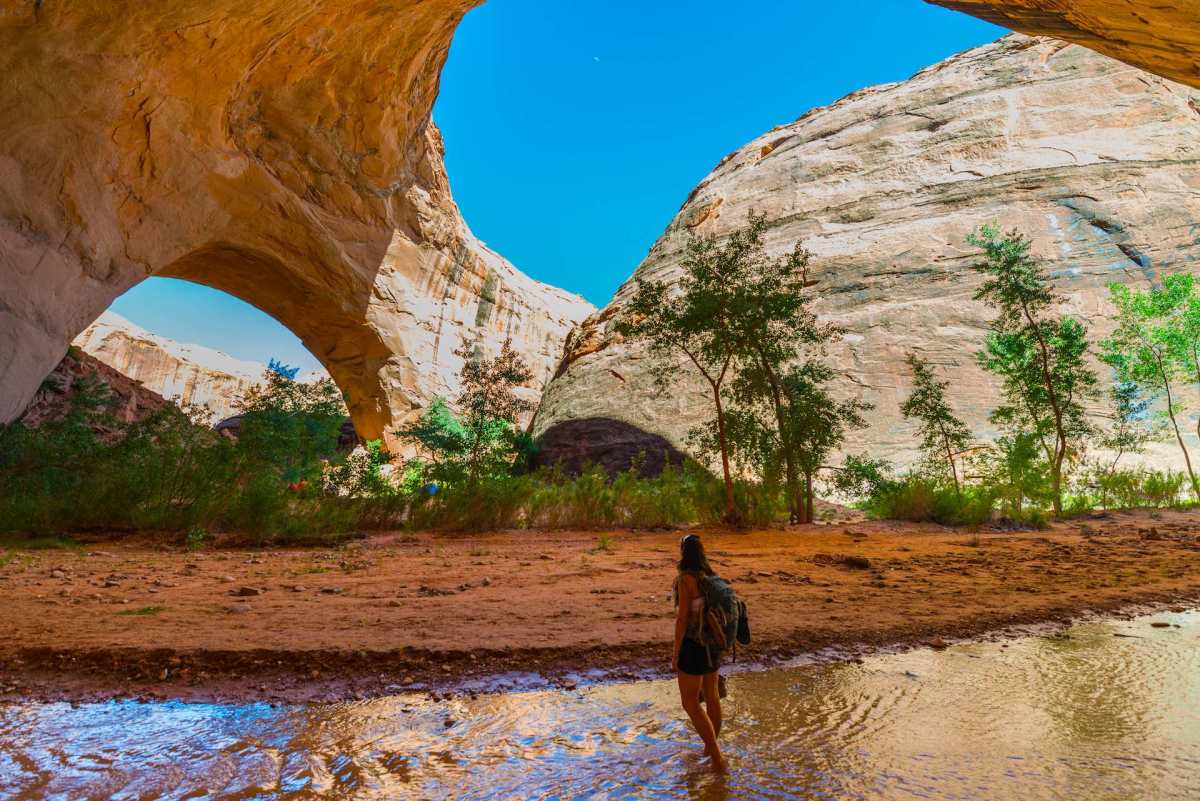
Go Long: The Escalante River Canyon offers the monument’s holy grail of adventure in a remote 73-mile self-supported kayak or packraft (or SUP) excursion landing in Lake Powell. Basic Class III skills are enough to navigate the rapids, although the biggest challenge lies in hitting the seasonal sweet spot for fickle river flows. In high or low water, the exotic canyon features more than a dozen side-hikes into stunning slot canyons and along feeder streams filled with wild trout. Allow three to seven days to savor the canyon and book a boat shuttle from Powell’s Bullfrog Marina to minimize logistical stress.
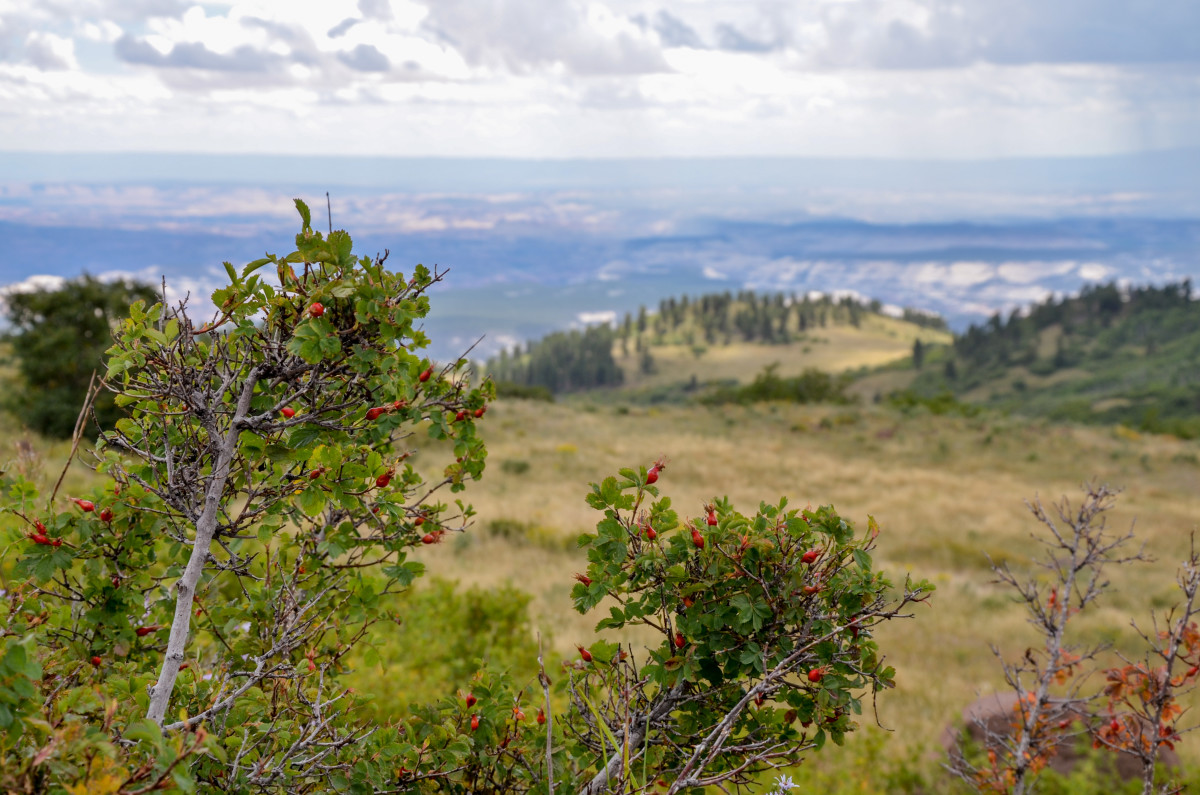
Bring the Bike: While Moab steals the headlines, abundant slickrock, spectacular scenery and secluded, technical trails make for a comparable mountain biker’s mecca at Grand Staircase-Escalante. The monument remains one of the largest roadless areas in the West, but singletrack trails range from the high tableland of the Aquarius Plateau, across Hell’s Backbone and into the hidden desert canyons that punctuate the landscape. The Slot Canyons Inn offers riding right out the door while Rim Tours out of Moab and Vegas-based Escape Adventures both provide multi-day packages for varying ability levels (at both GSENM and BENM).
from Men's Journal https://ift.tt/3j6zkKk
via IFTTT











0 comments:
Post a Comment